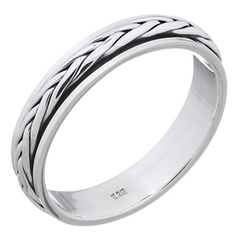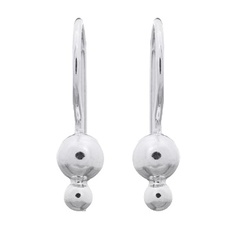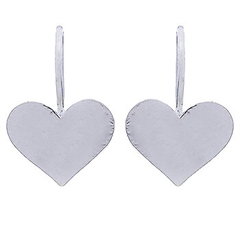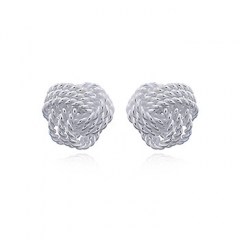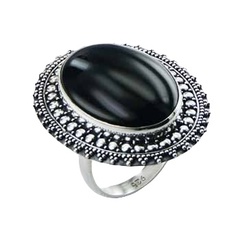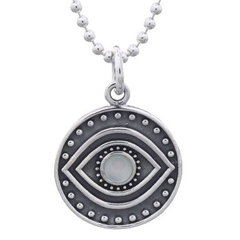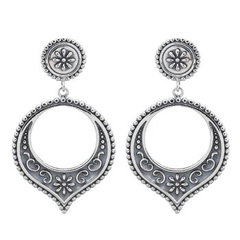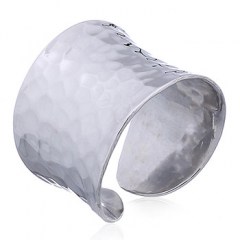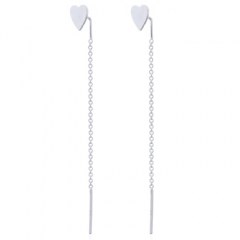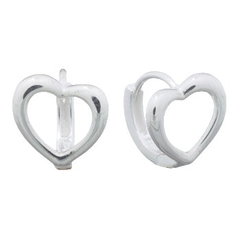Introduction
Spanish bracelets have long captured the attention of jewelry enthusiasts and collectors worldwide. These beautiful and intricate pieces of art combine the rich history, culture, and diverse design elements of Spain, resulting in breathtaking accessories that have captivated wearers for centuries. In this article, we will delve into the fascinating world of Spanish bracelets, exploring their origins, the various styles, and the cultural significance they hold in Spain and beyond.
The Historical Roots of Spanish Bracelets
1.1 Ancient Iberian Jewelry
The history of Spanish bracelets can be traced back to the Iberian Peninsula's ancient inhabitants. The Iberians, a pre-Roman civilization, were skilled metalworkers who crafted intricate gold and silver jewelry, including bracelets. These early pieces often featured geometric shapes and animal motifs, showcasing their deep connection to nature and the spiritual world.
1.2 Roman Influence
As the Roman Empire expanded into the Iberian Peninsula, it introduced new techniques, materials, and designs to the region's jewelry-making tradition. Roman-style bracelets were typically made of gold and adorned with precious gemstones like emeralds, rubies, and pearls. These sophisticated pieces were a symbol of wealth and status in Roman society.
1.3 Moorish and Islamic Impact
The Moors, a Muslim people from North Africa, conquered much of the Iberian Peninsula in the early 8th century. Their rule, which lasted for several centuries, had a profound influence on Spanish jewelry design. The intricate geometric patterns, arabesques, and filigree work that characterize Moorish art can be seen in many Spanish bracelets from this period.
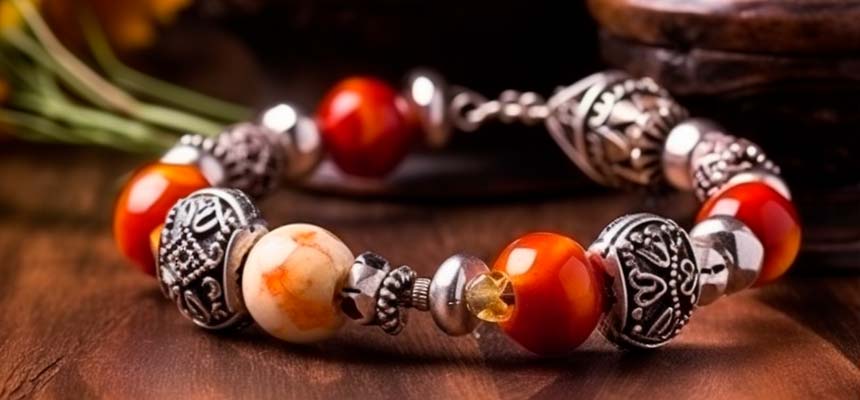
The Rich Tapestry of Spanish Bracelet Styles
2.1 Traditional Regional Styles
Spain's diverse regions have each developed their own unique styles of bracelets, reflecting local culture and traditions. Some popular regional styles include:
1) Andalusian: Originating from southern Spain, Andalusian bracelets often feature intricate filigree work and Moorish design elements, reflecting the region's Islamic history.
2) Catalan: Hailing from northeastern Spain, Catalan bracelets showcase the area's artistic and architectural influences, with modernist and Art Nouveau designs being especially prevalent.
3) Basque: The Basque Country, located in northern Spain, is known for its bold, geometric designs that incorporate local materials like jet and coral.
2.2 Damasquinado: The Art of Damascening
A signature Spanish jewelry-making technique, damascening involves inlaying gold or silver onto a base metal like iron or steel. The result is a striking contrast of colors and intricate, detailed designs. Damascened bracelets are typically made in the city of Toledo, which has been a renowned center for this craft for centuries.
2.3 Flamenco-Inspired Bracelets
Flamenco, the passionate and expressive dance form native to Spain, has also left its mark on the world of Spanish bracelets. Flamenco-inspired pieces often feature vibrant colors, bold shapes, and designs that evoke the movement and rhythm of the dance.
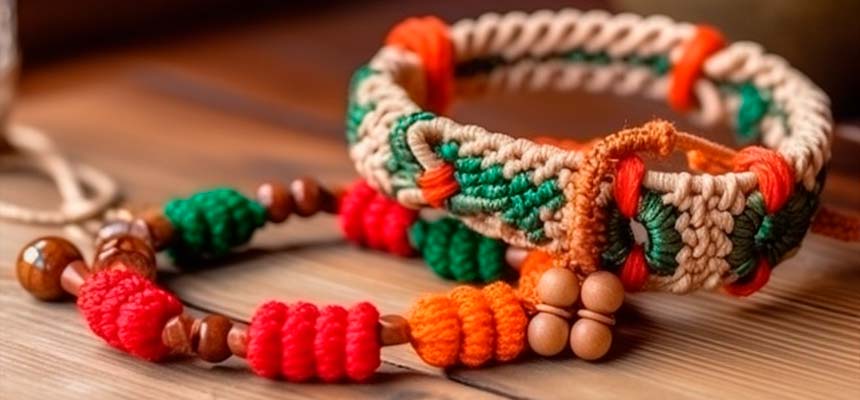
The Cultural Significance of Spanish Bracelets
3.1 A Symbol of Identity
For many Spaniards, wearing a bracelet that reflects their regional heritage is a way to express pride in their culture and identity. These pieces often incorporate specific symbols, patterns, and materials that are unique to a particular area or tradition.
3.2 Gift-Giving and Life Milestones
In Spain, it is customary to give a bracelet as a gift to mark significant life events such as a birth, a baptism, or a wedding. These bracelets often have personalized details, like engraved names or dates, making them cherished keepsakes that can be passed down through generations.
3.3 Religious and Spiritual Significance
Religion has played a significant role in shaping Spanish culture and has influenced the design of many bracelets. Some Spanish bracelets incorporate religious symbols, like crosses or saints' images, reflecting the wearer's faith and devotion. Others may feature talismans or amulets believed to provide protection or bring good fortune.
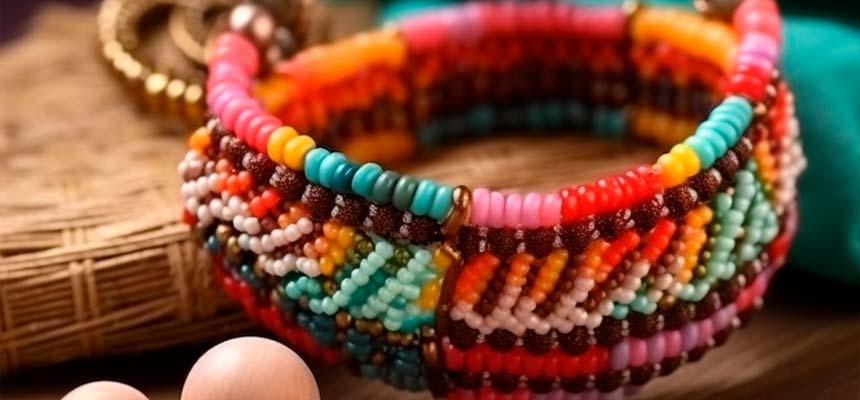
Spanish Bracelets in the Modern World
4.1 The Influence of Spanish Designers
In recent years, Spanish designers have gained international acclaim for their innovative and elegant jewelry creations. Brands like Carrera y Carrera, Tous, and UNOde50 have showcased the beauty and versatility of Spanish bracelets on the global stage, fusing traditional techniques and materials with contemporary design elements.
4.2 The Growing Popularity of Handcrafted and Sustainable Jewelry
As consumers become more environmentally and socially conscious, there has been a growing demand for handcrafted and sustainable jewelry. Spanish artisans have responded to this trend by creating eco-friendly bracelets made from recycled metals, ethically sourced gemstones, and other sustainable materials. This approach not only supports local craftsmanship but also preserves the environment and promotes ethical practices in the jewelry industry.
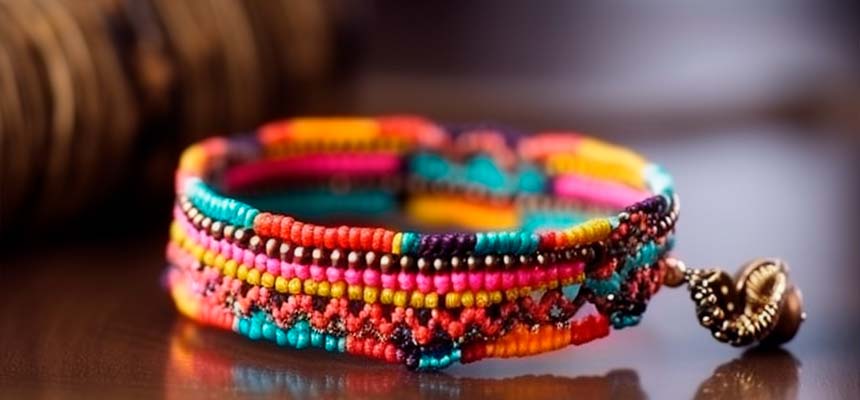
Caring for Your Spanish Bracelet
5.1 Proper Storage
To ensure the longevity of your Spanish bracelet, it's essential to store it properly when not in use. Keep it in a soft pouch or a lined jewelry box to protect it from scratches, moisture, and exposure to air, which can cause tarnishing.
5.2 Cleaning and Maintenance
Regular cleaning is crucial to maintaining the beauty of your bracelet. Depending on the materials used, different cleaning methods may be required:
Gold and silver: Use a soft, lint-free cloth to gently rub the surface and remove any dirt or fingerprints. For more thorough cleaning, use a gentle jewelry cleaner specifically designed for gold or silver.
Gemstones: Clean with a soft brush and mild soapy water, then rinse and pat dry with a soft cloth. Be cautious with porous or soft stones, as they can be easily damaged.
Damascened jewelry: Clean with a dry, soft cloth. Avoid using water or chemicals, as they can damage the inlaid metal.
5.3 Professional Inspection and Repair
It's recommended to have your bracelet inspected by a professional jeweler every year, especially if it contains gemstones or intricate details. They can check for any signs of wear, loose stones, or other potential issues and provide necessary repairs to keep your bracelet looking its best.
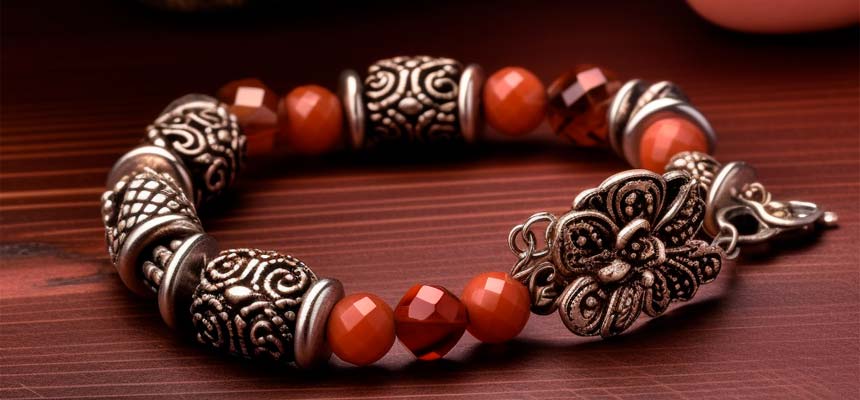
Conclusion
Spanish bracelets are more than just beautiful pieces of jewelry; they are a testament to the rich history, culture, and artistry of Spain. From their ancient roots to their modern adaptations, these captivating accessories continue to enchant wearers with their unique designs and deep cultural significance. Whether you choose a traditional regional style, a flamenco-inspired piece, or a contemporary creation from a renowned Spanish designer, a Spanish bracelet is a timeless accessory that will make a cherished addition to any jewelry collection.

